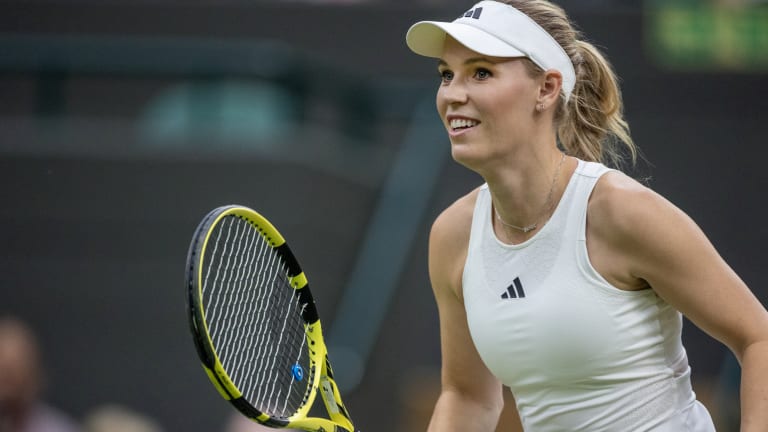They Said What?
Caroline Wozniacki and The Great Un-Retirement
By Jul 31, 2023They Said What?
Luca Nardi defeats Novak Djokovic: Teachable moments from a stunning upset
By Mar 12, 2024They Said What?
Are we witnessing a new Daniil Medvedev?
By Jan 25, 2024They Said What?
Dayana Yastremska's racquet is doing the talking at the Australian Open
By Jan 22, 2024They Said What?
Deciding when to retire is a unique case for tennis players. Just ask Andy Murray
By Jan 18, 2024They Said What?
Roger Federer may not be tennis' GOAT, but as Rafael Nadal articulated, he's a 1 of 1
By Jan 06, 2024They Said What?
The lingering debate on tennis balls used at ATP and WTA tournaments is a ball of confusion
By Oct 08, 2023They Said What?
Will Ash Barty be the next big tennis name to un-retire?
By Oct 06, 2023They Said What?
Simona Halep's suspension is the latest example of tennis' unsatisfying anti-doping efforts
By Sep 27, 2023They Said What?
On the scale of self-awareness, Carlos Alcaraz was a 12 out of 10 after US Open defeat
By Sep 11, 2023They Said What?
Caroline Wozniacki and The Great Un-Retirement
Tennis needs to retire the word “retire.”
Published Jul 31, 2023
Advertising
Advertising

Caroline Wozniacki's return will throw a new wrinkle into the tour in August.
© Corbis via Getty Images
Advertising
Advertising
Advertising

Scores. Schedules. News.
The Tennis.com app has everything you need to follow your favorite sport.